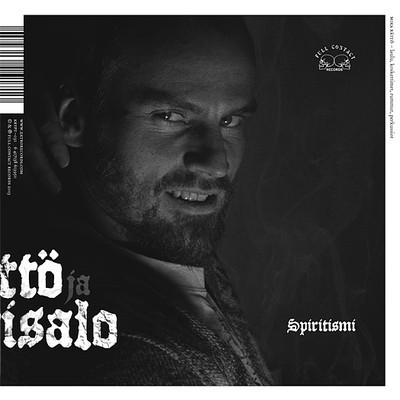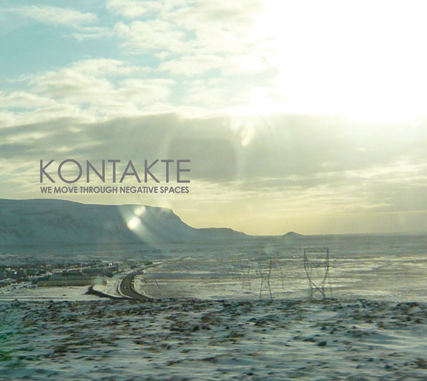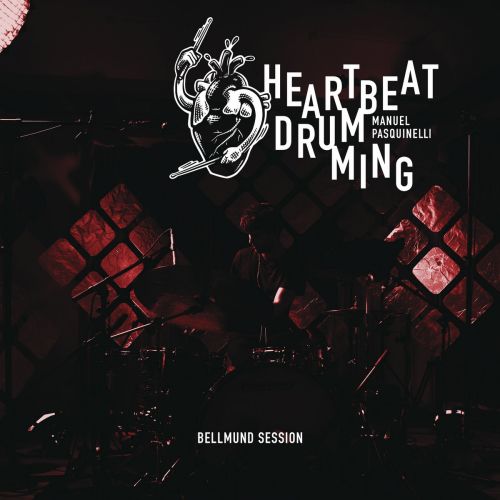 There’s definitely a sense of deadly nightshade woosh(ing) through this baby, a poisoned chalice dripping with moans, groans and mysteriously creaking paraphernalia. The Chris Wallis film it was intended to — but eventually never did, according to the sleevenotes for this disc — soundscape was/is a juddery super eight exploration of the Irish potato famine mixed with a healthy dollop of ancient folklore, a journey into undiscovered realms aided by the delirium of starvation. Perfect material for Steven Stapleton‘s rabid grey cells, and possibly provoked further by the fact that by 1989 Stapleton and family had already successfully relocated to Cooloorta farm in southern Ireland – a departure promoted by a nasty mugging incident back in his native London. He even played a starring role in the actual film along with his family and a rather waif-like combat clad David Tibet.
There’s definitely a sense of deadly nightshade woosh(ing) through this baby, a poisoned chalice dripping with moans, groans and mysteriously creaking paraphernalia. The Chris Wallis film it was intended to — but eventually never did, according to the sleevenotes for this disc — soundscape was/is a juddery super eight exploration of the Irish potato famine mixed with a healthy dollop of ancient folklore, a journey into undiscovered realms aided by the delirium of starvation. Perfect material for Steven Stapleton‘s rabid grey cells, and possibly provoked further by the fact that by 1989 Stapleton and family had already successfully relocated to Cooloorta farm in southern Ireland – a departure promoted by a nasty mugging incident back in his native London. He even played a starring role in the actual film along with his family and a rather waif-like combat clad David Tibet.
A brilliant track that psychically stabs at the throbbing forehead of “Lumbs Narcolepsy”, a cheeky remix of Nurse With Wound‘s own “Swamp Rat” full of comical giggles and kazoo. A light-hearted poke into the neurological disorder with escaping gases, acidic splashing and the odd wonky banjo paradox flanking an ever-present murmuring backdraft. A satisfying murmur that weaves its serpentine body throughout, mirror-fed into its alter ego “Lumbs Misandry”, a realm that heralds the termite queen (AKA Diana Rogerson, Stapleton’s long-time partner), a dirty pearl holding court with leper bells and hag-like niggles. The split schism of the cover lingering in to your head uncomfortably as a brilliant bit of gut-bucket guitar whacks the whole thing panoramic before mischievously cranking the cackling action back into touch.
Things get rummage-ready from here on in. “Knees, Sticks And Bones” does an excellent job of examining the concrete poetry of things, channelling Mr Cage through its squeaky trolley wheels and lullaby tinkerings. “The Church of Esoteric Practices” delves deeper still too, with its S&M-lashed moans hobby-horsing a textural outlay of scraping and swooning prayer bowl. But it’s the reverberating shivers of “How to Destroy Angels II” that really juts against the hessian sack, its semi-transparent slippage (originally penned by Coil and later appearing in different form in Derek Jarman’s The Angelic Conversation) caught in the raising mist of a peat bog.A gloriously distended oeuvre of disquieting, windblown textures and needling glints of ritualised metal. An alchemy of waif-like apparitions that pull, play dough your psyche with alternate tastes of reality. A differential re-purposed in the closing track’s clattering magnetism, as Stapleton dictophones his memoirs to a sickly landslide of irregularities which slip quietly into the grave.
-Michael Rodham-Heaps-



